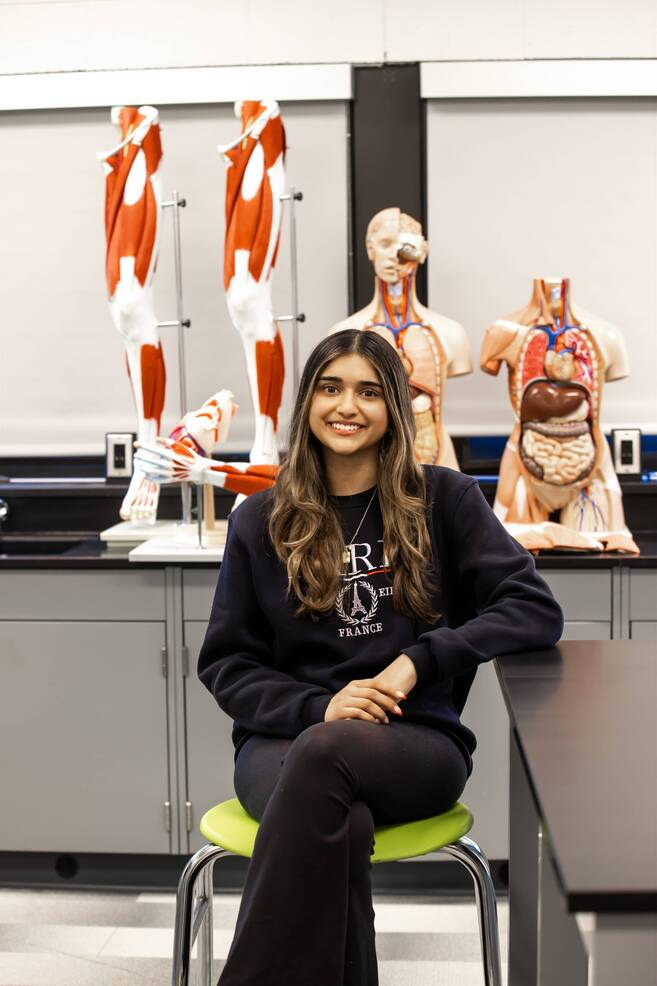Recognizing Early Signs of Autism: A Mother's Viral Journey on TikTok
- Sareena Kalinani
- Oct 27, 2024
- 2 min read

@brandihogan2017
When Brandi Hogan from Alabama captured a video of her 8-month-old daughter, Bella, exhibiting atypical developmental behaviors, she didn't know it would ignite a widespread conversation about early signs of autism on social media platforms like TikTok. Brandi initially recorded the video to show Bella's unique hitch-crawling to her physical therapist, a movement pattern where the baby propels forward using one leg while the other remains bent. Little did she know, this video would go viral and bring attention to early autism detection.
Unintended Viral Education
In the video dated October 15, Brandi calls out to Bella and taps the floor, attempting to catch her attention. Despite these efforts, Bella does not respond to her name or make any eye contact, behaviors that were subtly indicative of deeper issues. Although not initially aiming to highlight signs of autism, the everyday footage revealed critical developmental cues that caught the eyes of millions worldwide.
Brandi explained to Newsweek that Bella also experienced torticollis at birth, indicating early developmental challenges. Bella was enrolled in early intervention programs where she received physical, occupational, and speech therapies at home. Despite the physical therapist's early suspicions of autism, Brandi felt it was too early to definitively tell.
Diagnosis and Therapy
After undergoing multiple hearing tests to eliminate hearing issues, Bella was eventually diagnosed with nonverbal level 3 autism spectrum disorder just shy of her third birthday. Brandi's proactive approach in securing early intervention therapies played a crucial role in addressing Bella's needs promptly. Bella has since graduated from physical therapy but continues to receive occupational and speech therapy weekly.
The Power of Early Intervention
The viral nature of Brandi's video underscores the influential role of social media in raising awareness about autism. Jessi Gholami, a licensed Parent-Child Interaction Therapy (PCIT) therapist, noted that platforms like TikTok are becoming pivotal in educating parents about the early signs of autism, which can include limited eye contact, delayed speech, repetitive movements, or intense focus on specific objects.
Advice for Parents
For parents noticing similar signs, Brandi’s biggest advice is to start therapy early. "Occupational therapy and speech therapy don't need a diagnosis to begin, and they can significantly help your child," Brandi advises. Early therapy can be instrumental in helping children outgrow certain symptoms or, if the child is indeed autistic, can provide crucial support from a young age.
Conclusion
Brandi hopes her family's story will inspire other parents to seek help early and feel supported in their journey. While not every child with these symptoms will be diagnosed with autism, recognizing and acting upon early signs can make a significant difference in a child's development.
This story not only highlights the unexpected paths to recognizing autism but also emphasizes the importance of parental intuition and proactive healthcare. As more parents like Brandi share their experiences, they contribute to a growing repository of knowledge and support that can empower other families facing similar challenges.

